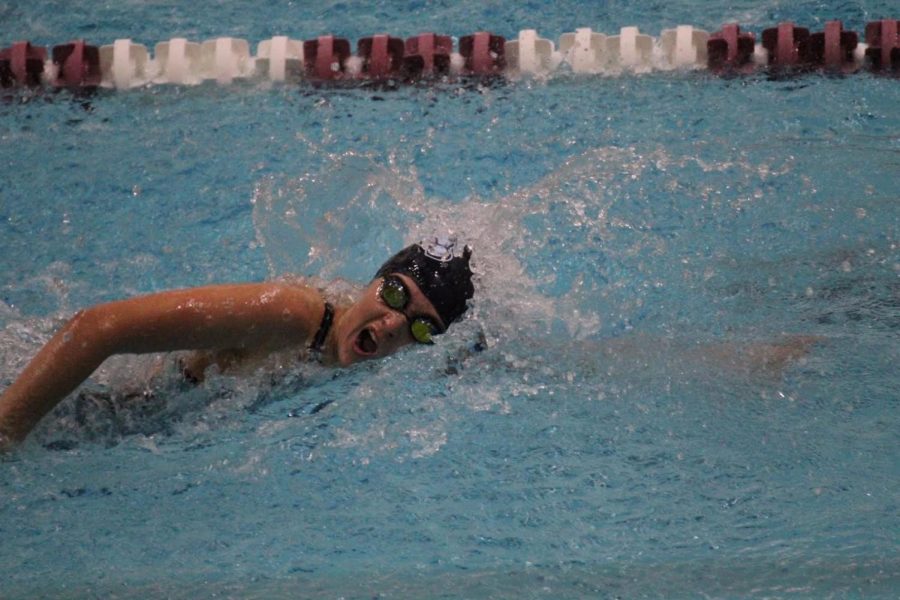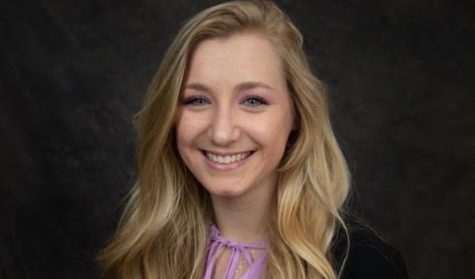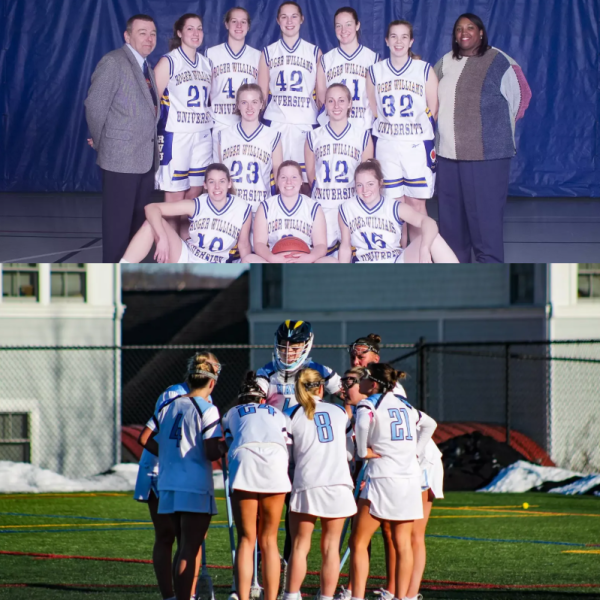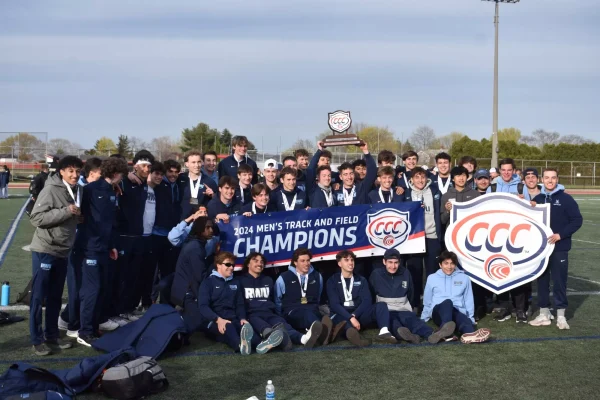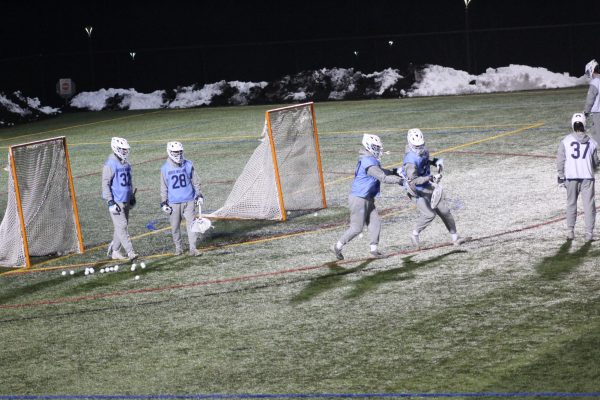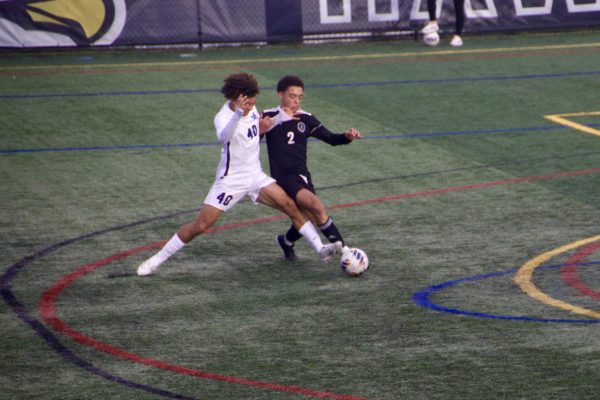Can’t have one without the other Junior Emily Slusarczyk needs athletics and academics to achieve success
She spends 60 hours working to get everything completed on time, as she juggles swim practice, architecture studio, additional classes and homework.
Junior Emily Slusarczyk is an architecture major, educational studies minor and a member of the RWU Women’s Swim Team. Because of her major choice and athletic involvement, she has a heavy schedule.
“Twice a week I have swim practice in the morning and three days a week we have afternoon practices, so I spend about 14-16 hours in the pool. I’m usually in class from 9-5 every week and working in studio,” Slusarczyk said.
Once it hits 5 p.m., Slusarczyk said she has to check out.
“I have to say, ‘okay I’m done.’ I have to go back to my dorm or somewhere I can go do my homework,” Slursaczyk said.
She admits that sometimes her schedule can be a lot but she attempts to lighten her workload.
“Sometimes I won’t have much work on the weekends, but if I can’t get it done during the week, I will use all day Sunday to get my work done to make sure I have a little bit lighter of a week,” Slusarczyk said.
Her professors are very accommodating if a conflict ever arises with a swim meet or project due dates.
Slusarczyk says balance between everything is very important.
“I will try to go into studio an hour earlier and work through the entire time. I also save my reading and light work for when I get home to my dorm so I can read it in my bed,” Slusarczyk said.
Swim practice has concrete times throughout the season, so she is able to plan her classes and studio time around when she has practice.
Slusarczyk knew back in high school that she wanted to swim and study architecture in college. Instead of taking history and language classes, she decided to take more art classes instead.
When she first came to RWU freshman year, Slusarczyk admitted that she struggled.
“I definitely doubted myself a little bit during the first semester since it was difficult,” Slusarczyk said. “But it kind of helped me figure myself out because once you get further into the major, you do more serious architecture projects rather than abstract ones.”
During this process, she also felt like something was missing. That is when she decided to make her minor educational studies.
“I’ve always had a part of me that wanted to be a teacher but art took over that,” Slusarczyk said. “Until I found out that I wanted to do something with that in the field instead of doing history, sustainability or construction, I wanted to kind of put a little bit of my focus in teaching.”
After she has built a career as an interior architect, Slusarczyk wants to become an architecture teacher for younger children. She believes the work she is doing now in architecture, such as creating large spaces, working in groups and drawing excessively on a daily basis, will benefit her when she becomes a teacher.
“All the drawing that I do will help me create new ideas for projects and [relay] ideas to the kids,” Slusarczyk said.
Slusarczyk believes lessons she learned from the swim team will also help her when it comes to teaching.
“It definitely will help… the people on my team have a ton of different personalities and they all like doing things in different ways, just like students enjoy doing things in their own way when it comes to art,” Slusarczyk said.
Looking forward, Slusarczyk is applying to graduate schools to get a specific degree in interior architecture. Once she makes it into a graduate school, she said she will find a club swim team nearby so she can hopefully coach there.
“It [swimming] is something I can’t give up,” Slusarczyk said. “If I can’t compete, then I would need to be involved in some way.”
Slusarczyk believes she would not be the student or athlete she is today without being involved in both architecture and swimming.
“I would probably not do as well in school if I did not have swimming,” Slusarczyk said. ”I need that routine, that structure between classes and athletics. If I were to pick academics or swim, I couldn’t do one without the other.”

